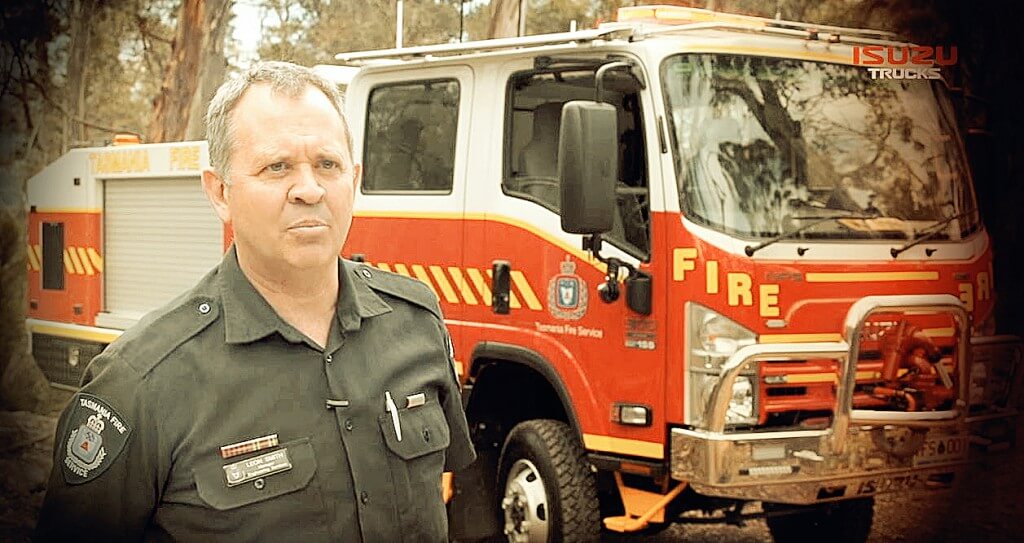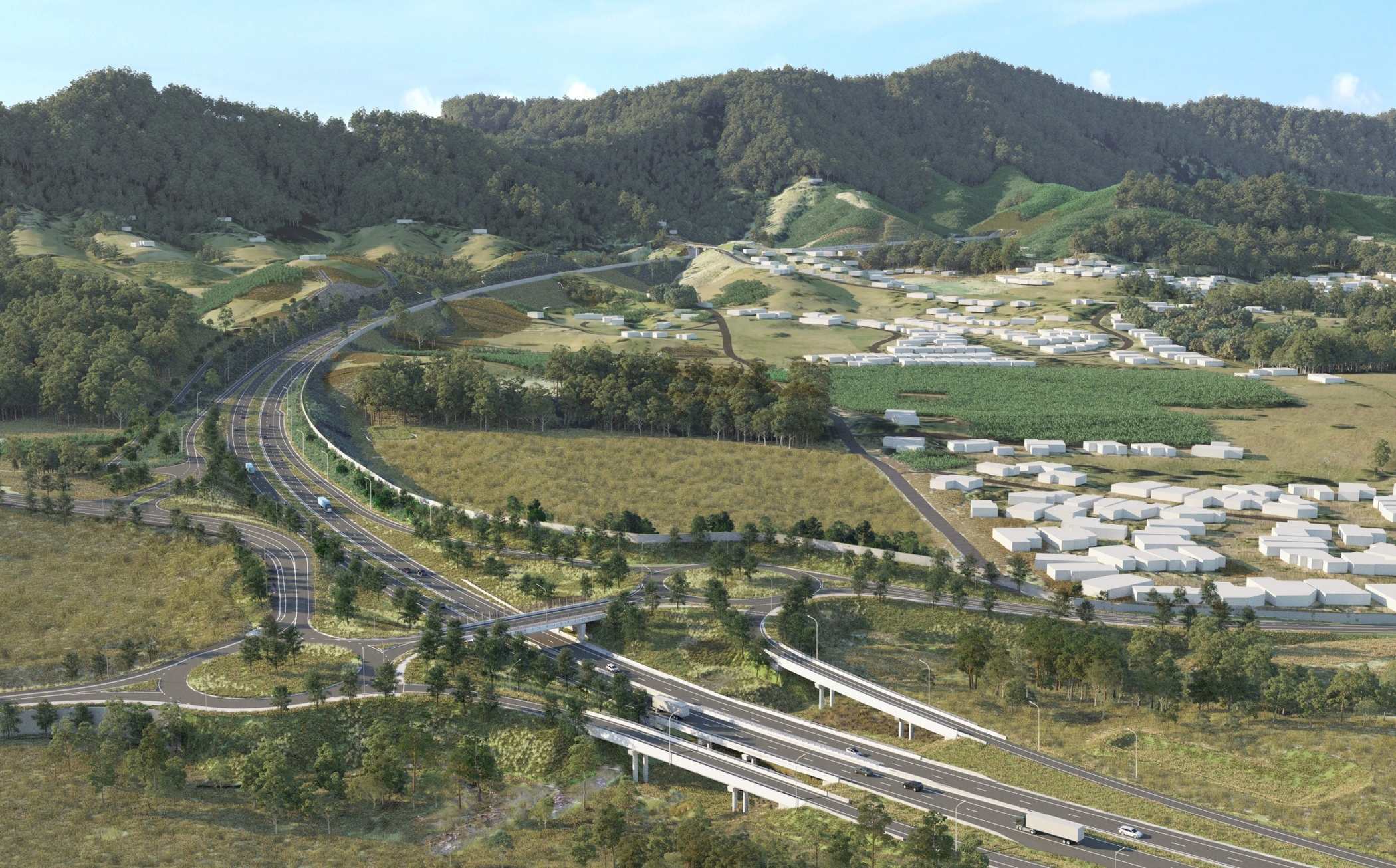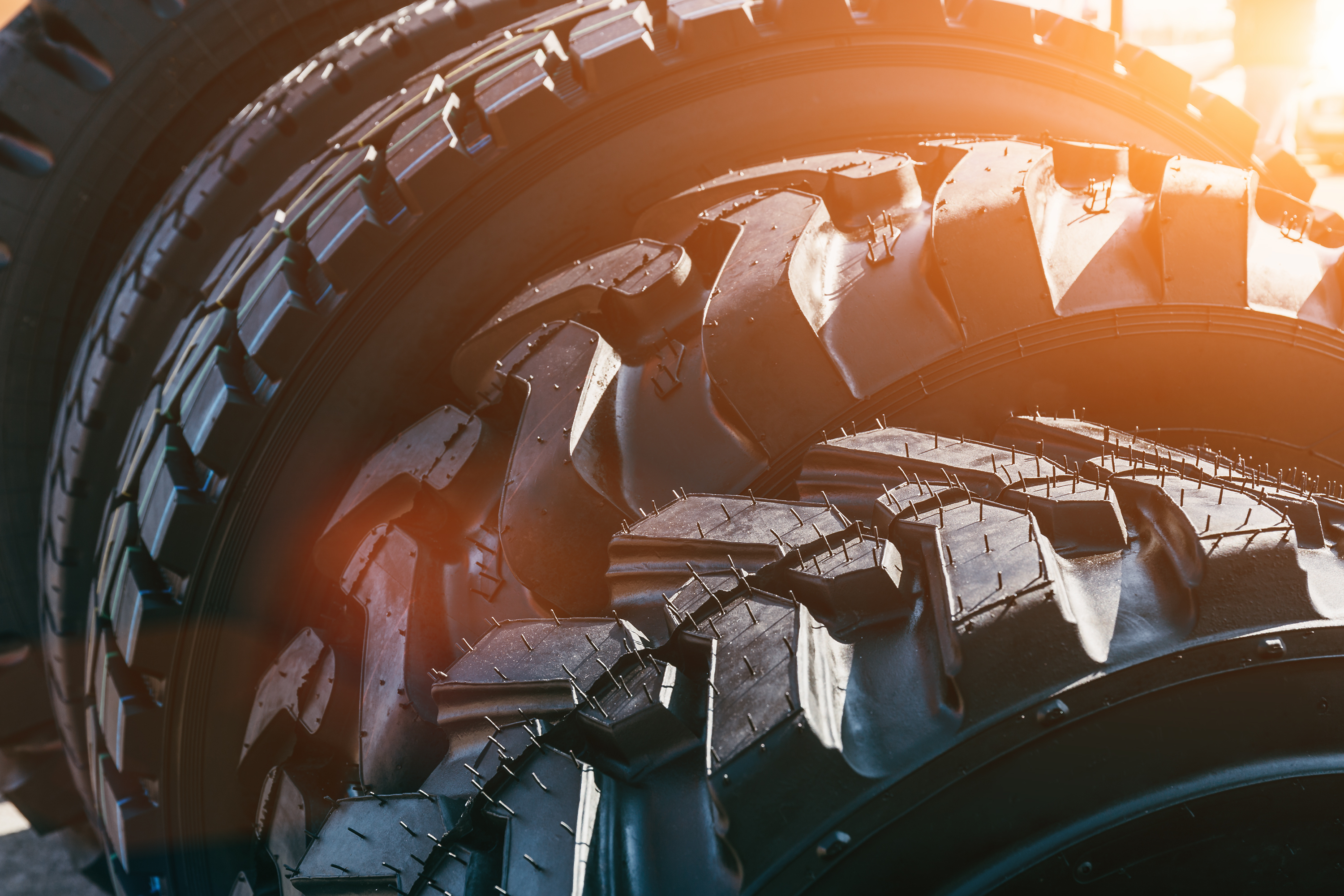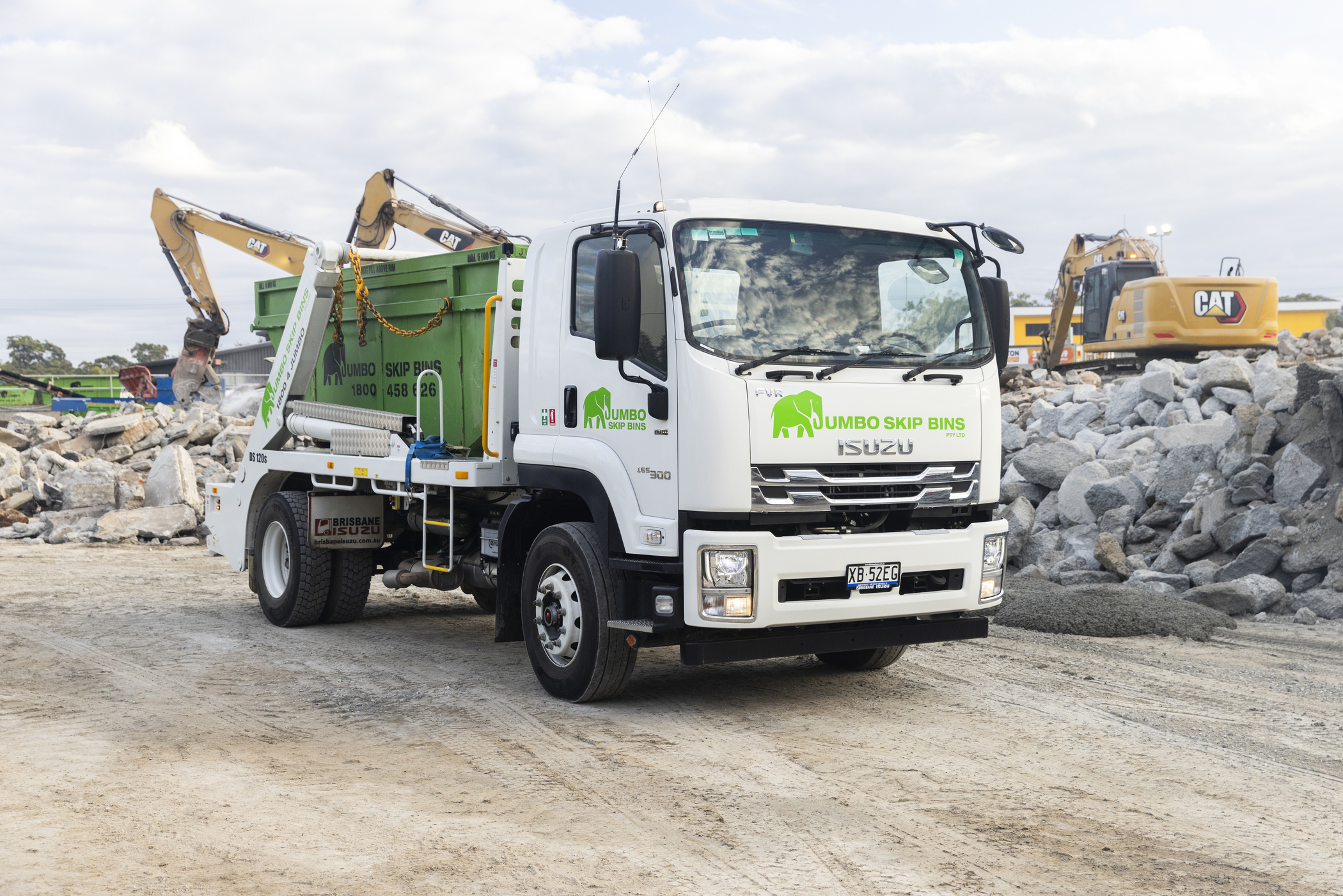Q & A: PROCUREMENT - WHAT OUR EMERGENCY SERVICES EXPERTS LOOK FOR

 The full impact of one of the worst fire seasons in Tasmania's recorded history is coming to bear as wilderness areas were recently re-opened to the public. More than 100,000 hectares has been burnt since the middle of January. About one fifth of that is in the Wilderness World Heritage Area, which is home to a range of globally significant vegetation. Thankfully, no lives were lost, but in the wake of such a disastrous fire season, we sat down with Tasmania Fire Services' Fleet Manager, Leon 'Alfy' Smith to find out about what factors come into play when selecting their frontline firefighting and emergency services vehicles.
The full impact of one of the worst fire seasons in Tasmania's recorded history is coming to bear as wilderness areas were recently re-opened to the public. More than 100,000 hectares has been burnt since the middle of January. About one fifth of that is in the Wilderness World Heritage Area, which is home to a range of globally significant vegetation. Thankfully, no lives were lost, but in the wake of such a disastrous fire season, we sat down with Tasmania Fire Services' Fleet Manager, Leon 'Alfy' Smith to find out about what factors come into play when selecting their frontline firefighting and emergency services vehicles.
Tell us about the challenges you faced in the recent fire season?
This fire season in Tasmania was considered as unprecedented in terms of the duration and the area in which the fires were located. It was in the North West, which is typically pristine wet forest, or rainforest, but because of the dryness up there a lot of these fires were sparked by lightning. A lot of the fires were in very remote and inaccessible areas. We did a lot of remote area work on them, but many had potential to run into urban areas, which we call the urban interface areas. That’s where our use of compressed air foam technology (CAFS) proved very successful.
What's the first step in procuring an emergency services truck that will see you through a tough season?
You’ll typically have a look at how much water you want to carry, and how many emergency crew you need to ferry to jobs. It’s important to establish how much extra equipment is required for the sort of operations you'll want to undertake too. In many ways, we work backwards in the emergency services sector, because the performance specification needs to be established and locked-down before anything else is even considered. Agencies will look at what sort of terrain the vehicle is required to operate in, whether there’s a need for a closed canopy, open canopy, two-wheel drive, four-wheel drive…the list goes on and on and can get quite detailed. So forget about particular cab-chassis selection, you’re looking into a number of factors that are required in an operational sense before you look too closely at anything else.
What sort of safety features do you look at from a manufacturer?
Things like ABS and stability control are right up there but a lot of it is determined by the sort of work the truck will be doing – whether that’s on-road, off-road – and what percentage of time it’ll be spending on and off the bitumen. We drill right down into the detail too. For example if the truck doesn’t come with lap-sash seatbelts, we need to look at what the possibility is to be able to retrofit features like that. Retrofitting then extends to other safety feature we may require as a fire-fighting agency.
And when it comes to payload and GVM?
You’re looking at your available platform, whether that’s single or crew cab, but then you’ll need to look at what your axle mass is to be able to get your weight disbursement right. You'll need to maximise your carrying capacity for water, crew and equipment safely.
Servicing and maintenance…how do you manage it?
When we have campaign fires or protracted incidents, we’ll have a presence at those sites to be able to undertake ongoing preventative maintenance, and we’re very fortunate to have that capacity in-house. Our technicians are trained in the different vehicle types. Our relationship with the dealers is very important, but again, we’re very lucky to have the capacity to undertake the majority of our servicing in-house.
What sort of specialised in-house skills do you need to look after a full-equipped emergency services truck?
Because we often design the vehicle from scratch we have significant insight into its workings from the cab chassis up. So when you consider a fire fighting vehicle like the Isuzu NPS we have here , it has features like the integrated CAF system powered by an Isuzu off-highway engine, it’s got pumps, it’s got pump management systems, it’s got monitors, electronic control systems… So, the platform is one thing, but the trucks are a really complex piece of equipment, so a fault might not necessarily be on the cab chassis, it might be associated with one of the other pieces of equipment on there. Because we’ve got all of the skills to deal with those problems internally, it’s a one-stop-shop that covers the whole vehicle. So it’s very difficult to be able to outsource much of this work at all – you’d be running all over town getting bits and pieces done. It’s just not very efficient. To find out more about the Isuzu NPS 300 4x4 Crew truck helping Alfie and his team harness benchmark CAFS technology to fight fires in Tasmania, read more here.


Playtime’s over, get $3,500* to spend on extras.
If you’re ready to get serious about tackling bigger jobs, grab yourself an NLR 45-150 AMT SWB Traypack from the Ready-to-Work range for $62,990 drive away*. And to prove we aren’t playing, buy any NLR Traypack before June 30 and you’ll get $3,500* to spend on genuine accessories or an Essentials service agreement.
Learn more



